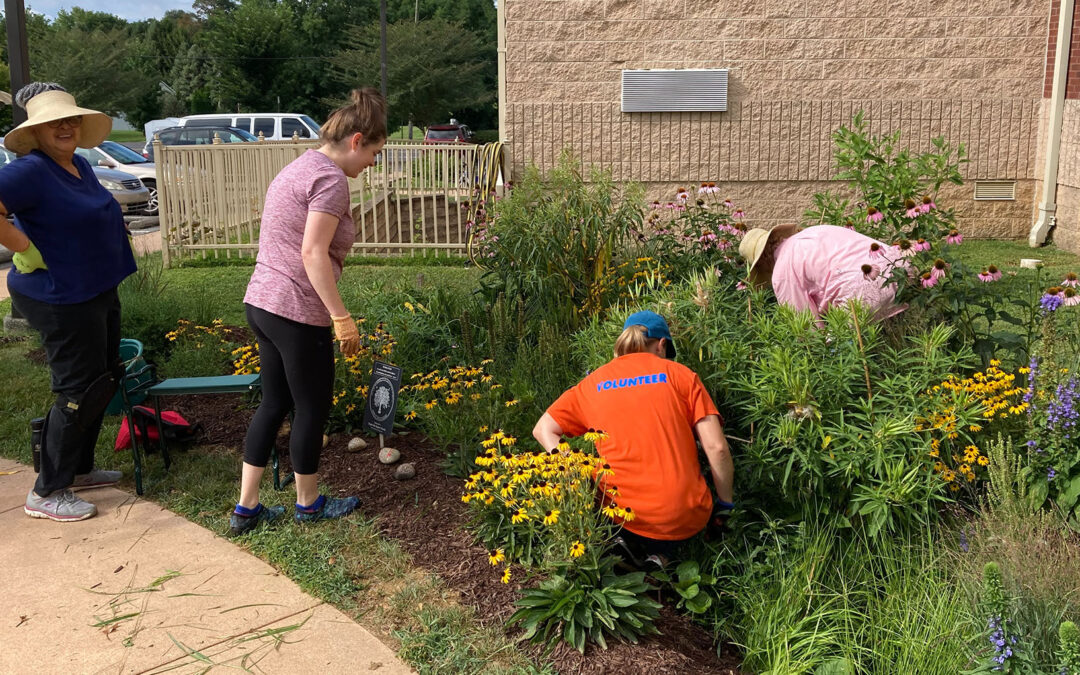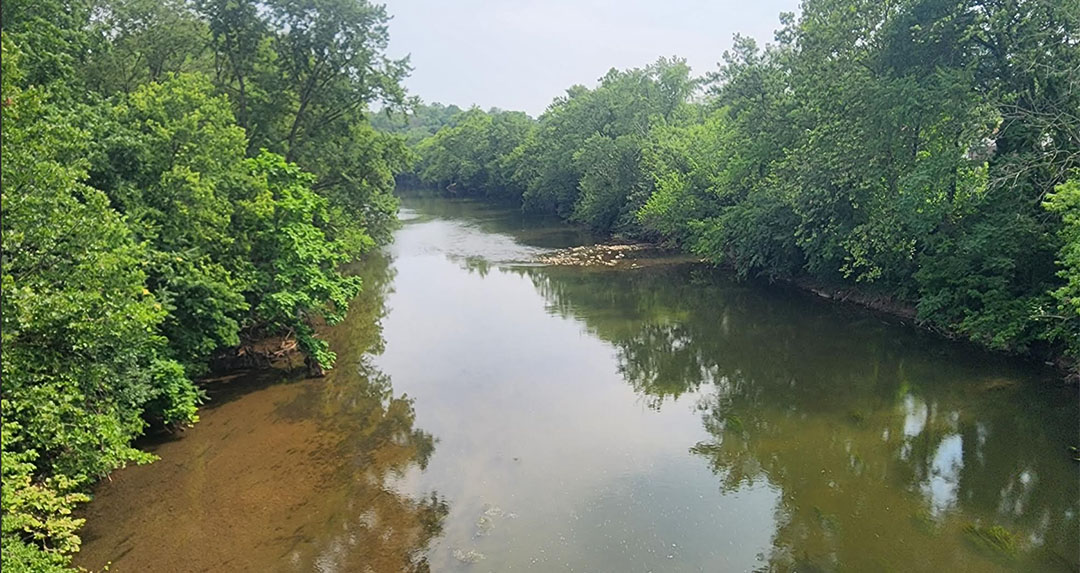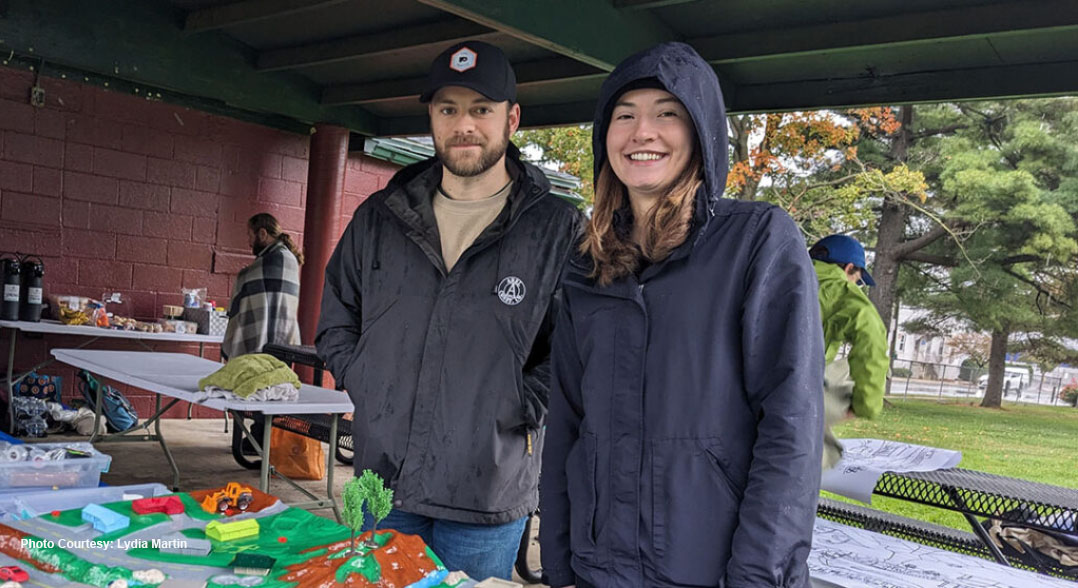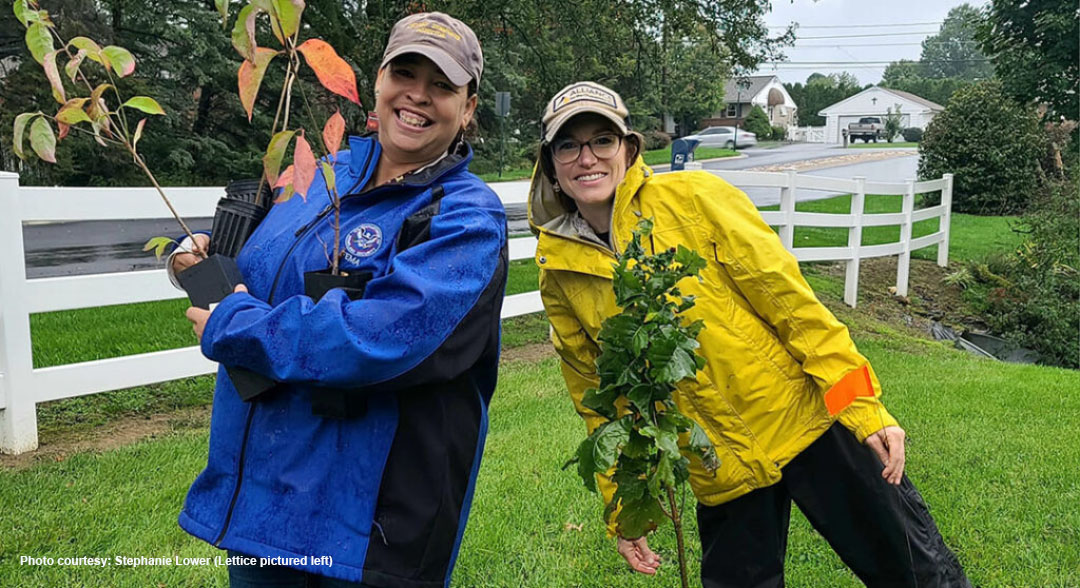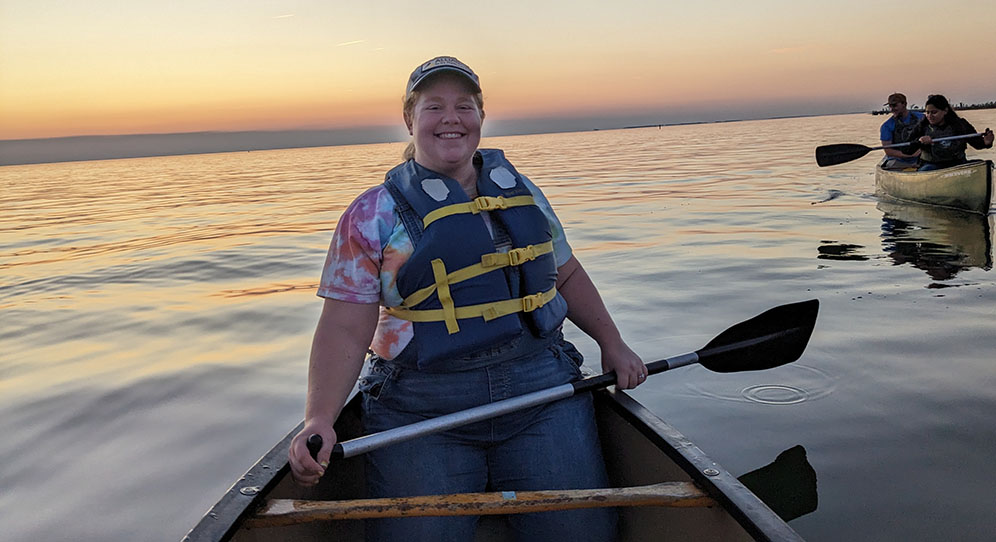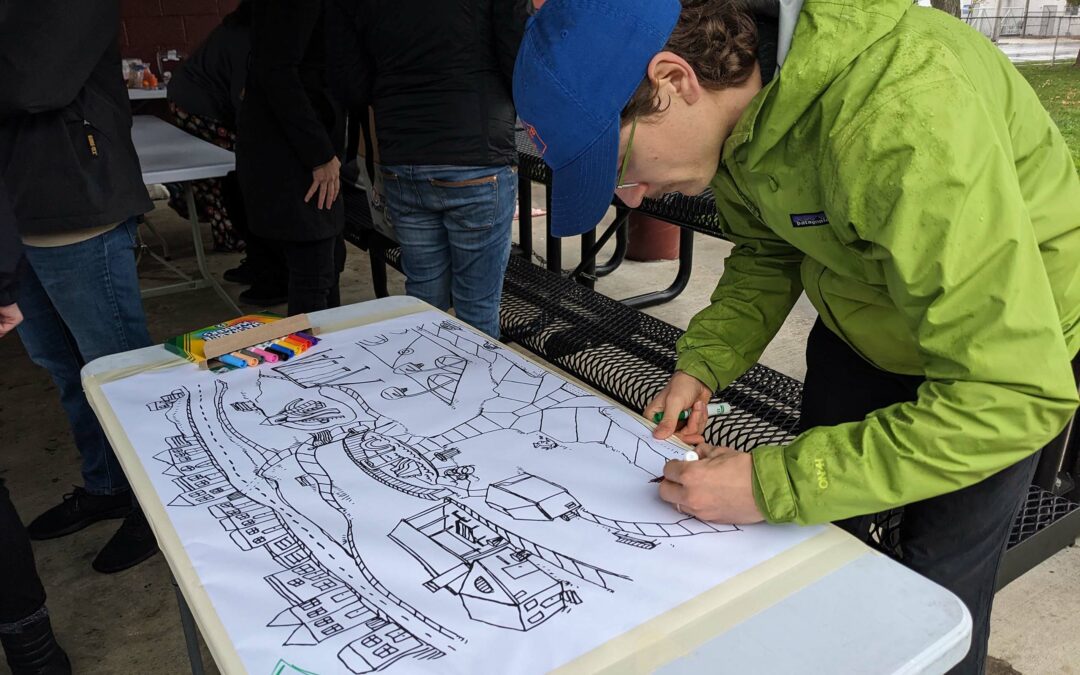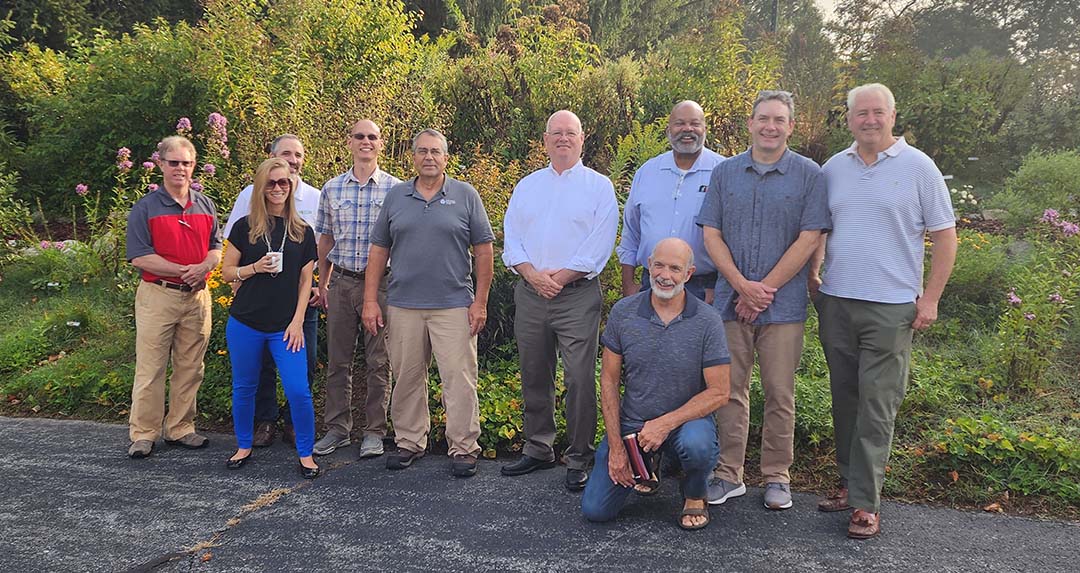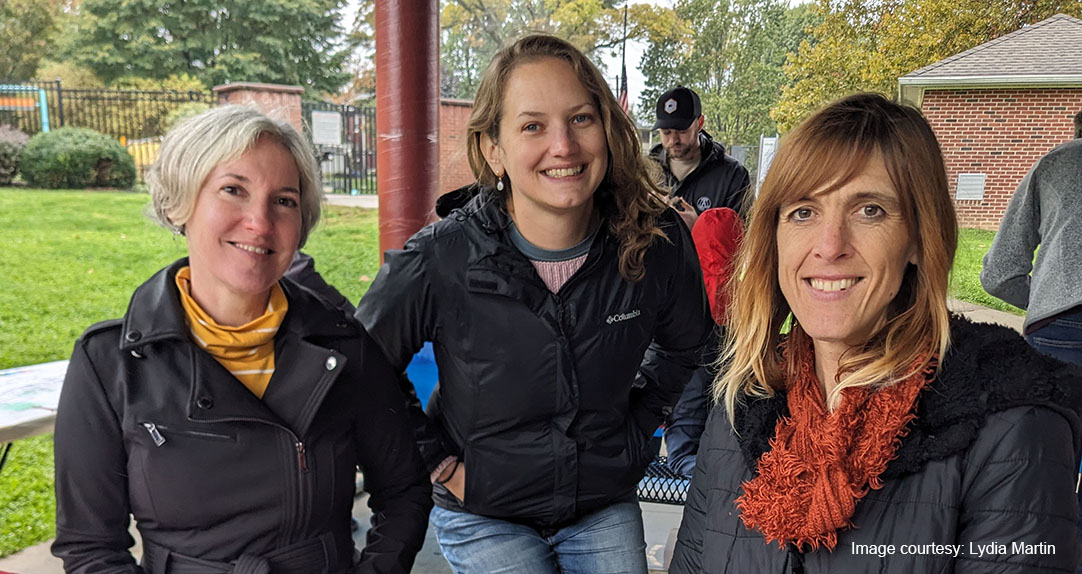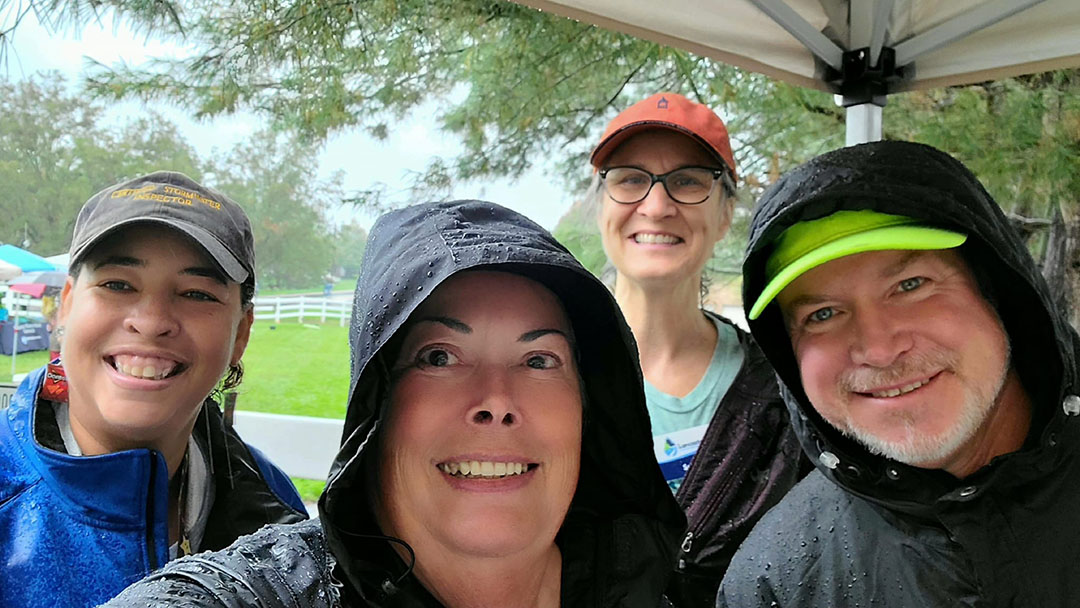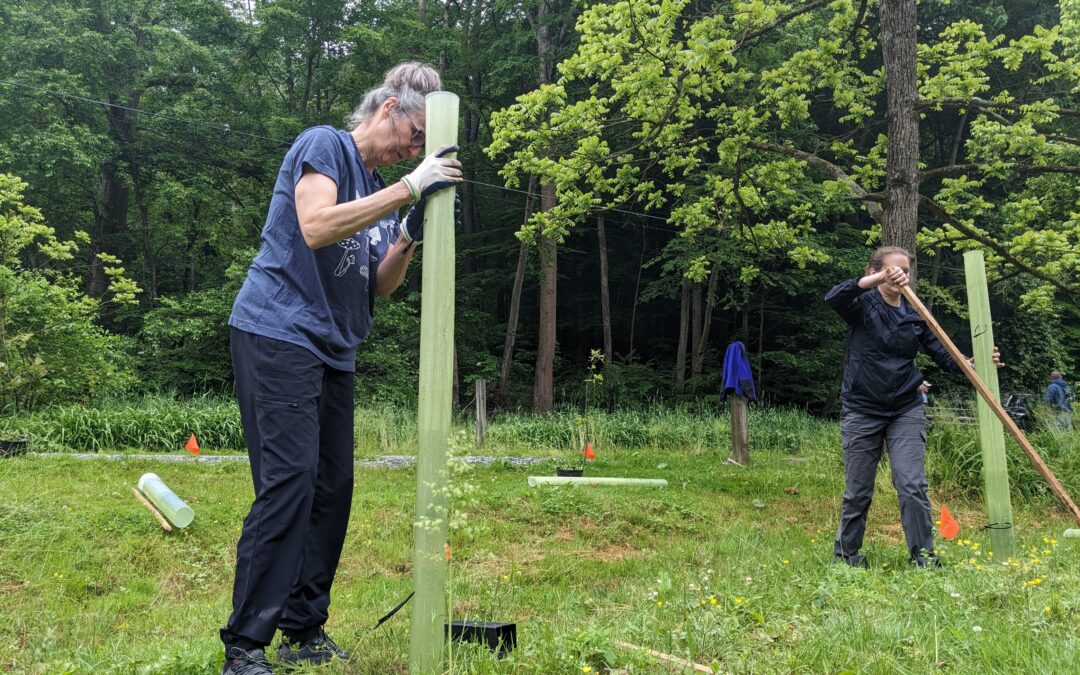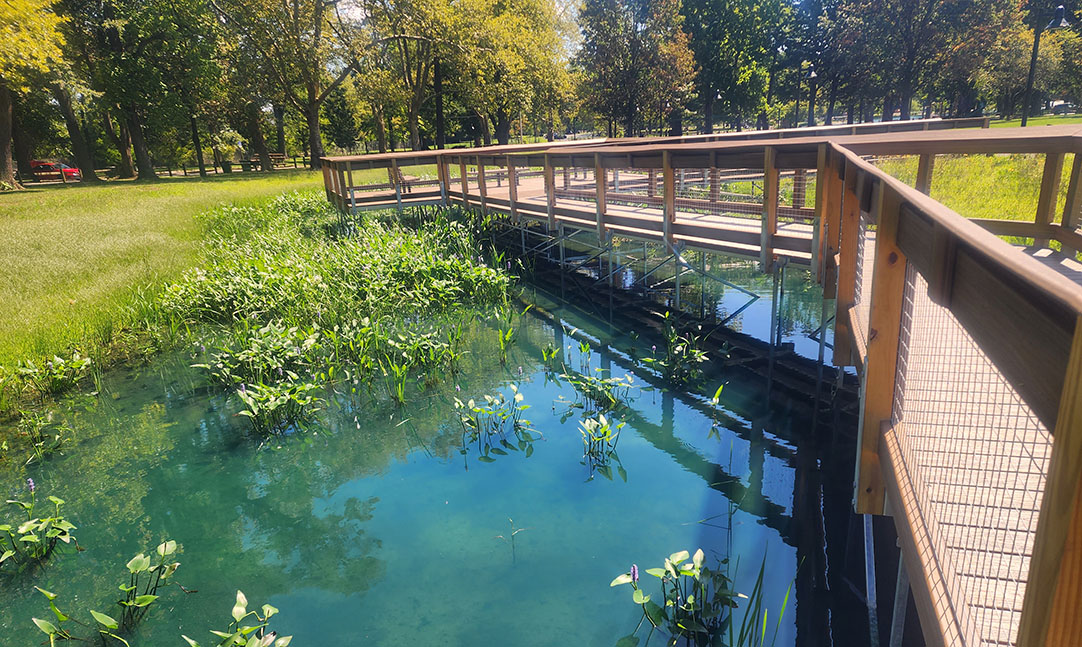October is Riparian Buffer Month
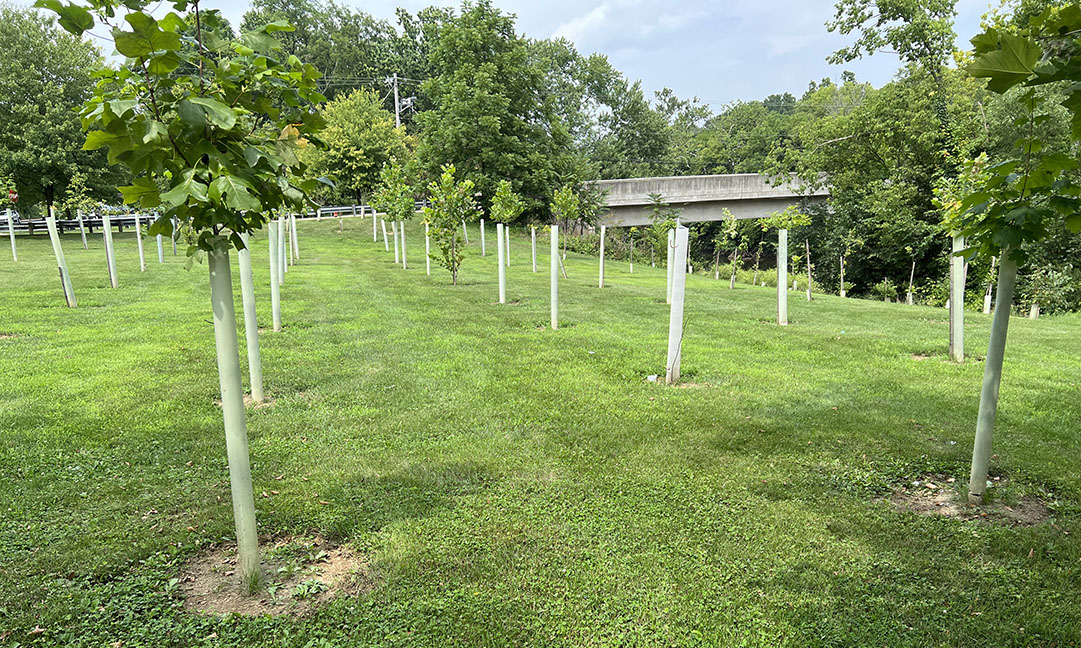
Plant a Tree
“He that plants trees, loves others besides himself.” – Thomas Fuller
October is Riparian Buffer Month, an excellent time to plant trees. Our partners at Alliance for the Chesapeake Bay and Penn State have scheduled quite a few tree plantings across Central Pennsylvania in the month of October.
The US Department of Agriculture defines a riparian buffer as “an area adjacent to a stream, lake, or wetland that contains a combination of trees, shrubs, and/or other perennial plants and is managed differently from the surrounding landscape, primarily to provide conservation benefits.”
Why are planting trees important for clean water? Rob Frank, Forests Projects Coordinator at Alliance for the Chesapeake Bay explains:
“Planting trees is one of the best things that can be done to improve water quality. The trees hold in soil and absorb runoff, stabilizing the ground and preventing pollutants from reaching our local streams and rivers. This not only improves the waters we enjoy here at home. Our streams and rivers ultimately empty into the Chesapeake Bay, so we’re helping to stop the pollution here at its source,” he said. “Additionally, these trees will provide shade to cool the stream, create a food source for aquatic life, and establish habitat for animals on land. Every tree makes a difference! To date, the Alliance has planted 700 acres of new forest and could not have achieved this without the hands-on work of our amazing volunteers!”
By planting riparian buffers, we are helping to reduce the nitrogen, phosphates and sediment runoff that runs downstream and ends up in the Chesapeake Bay. Help us to achieve clean and clear water by 2040 by planting a tree this October.
“Reforesting our local landscapes, especially in areas along streams, is crucial to improving the water quality and creating healthy, functioning ecosystems,” said Rebecca Lauver, Forests Projects Coordinator for Alliance for the Chesapeake Bay. “Trees play a very important role in creating diverse wildlife habitat, increasing biodiversity, cooling our waterways, and improving soil health. By strategically converting areas into forests, we can create spaces that have an increased benefit to the environment and our own wellbeing.”
Organizations like Keystone 10 Million Trees Partnership are championing the cause not just during October. Coordinated by the Chesapeake Bay Foundation, it is a collaboration of national, state and local agencies, conservation organizations, outdoor enthusiasts, businesses and citizens with the common goal of planting 10 million trees across Pennsylvania by the end of 2025. The organization was recently featured in an LNP article, which you can read here. They are currently more than halfway to their goal, having planted 5,390,000 trees since their formation in 2018.
To see the Alliance for the Chesapeake Bay tree-planting schedule, go to: https://evergreen.humanitru.com/web/campaigns/alliance-for-the-chesapeake-bay~volunteer-opportunities-59640480-9906-4c96-9a64-7bcd4b93fec5?tab_1816.
To see the PSU tree-planting schedule, go to: https://extension.psu.edu/volunteer-riparian-buffer-planting.


